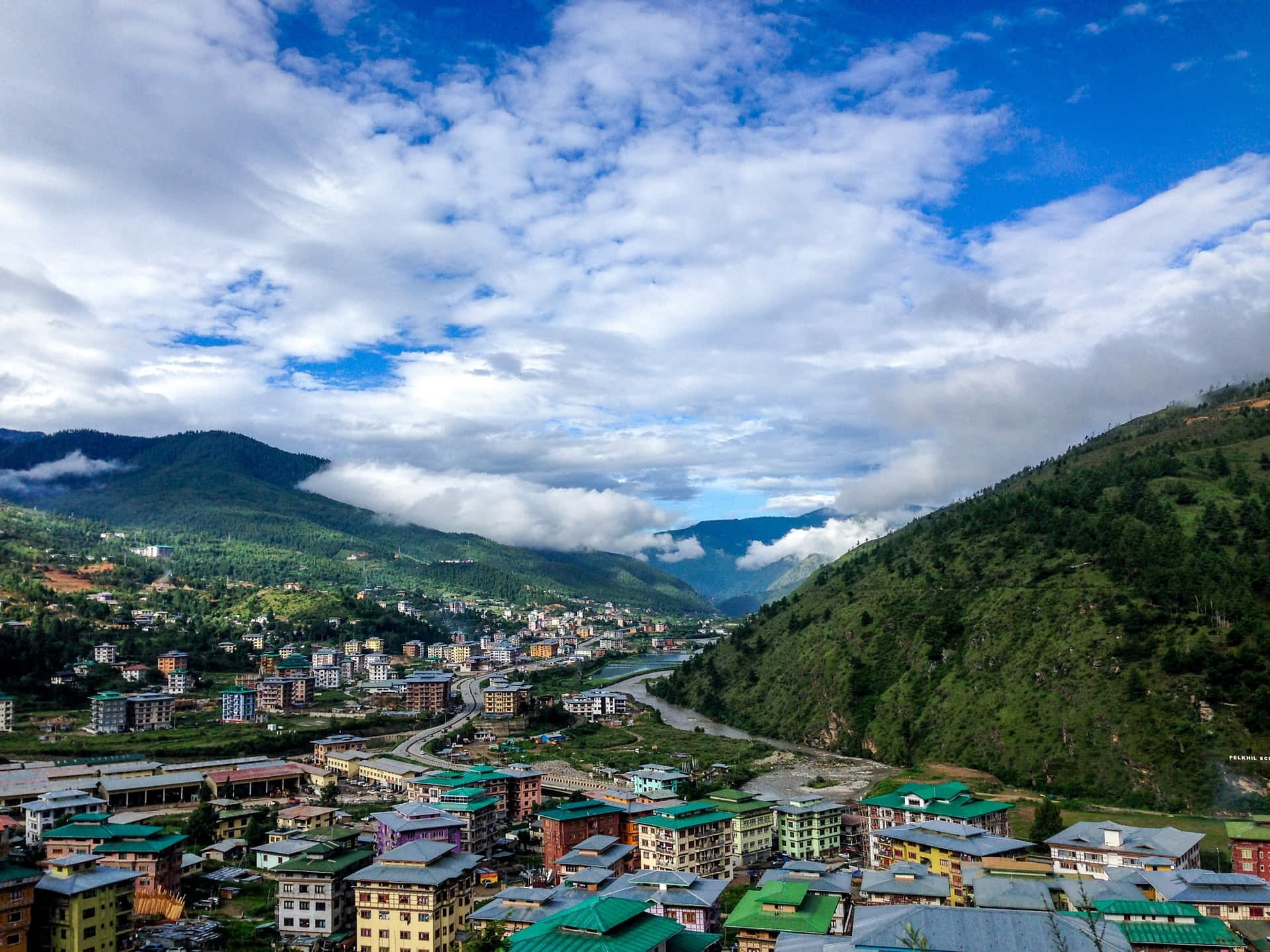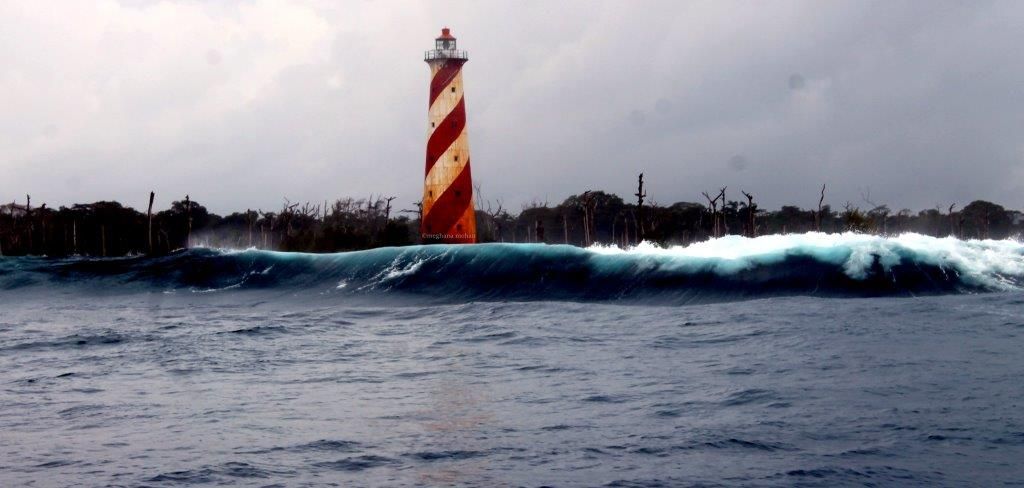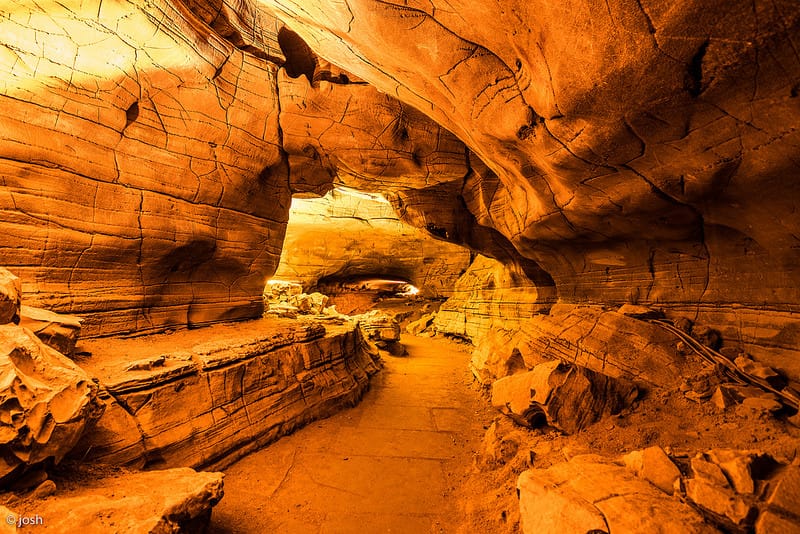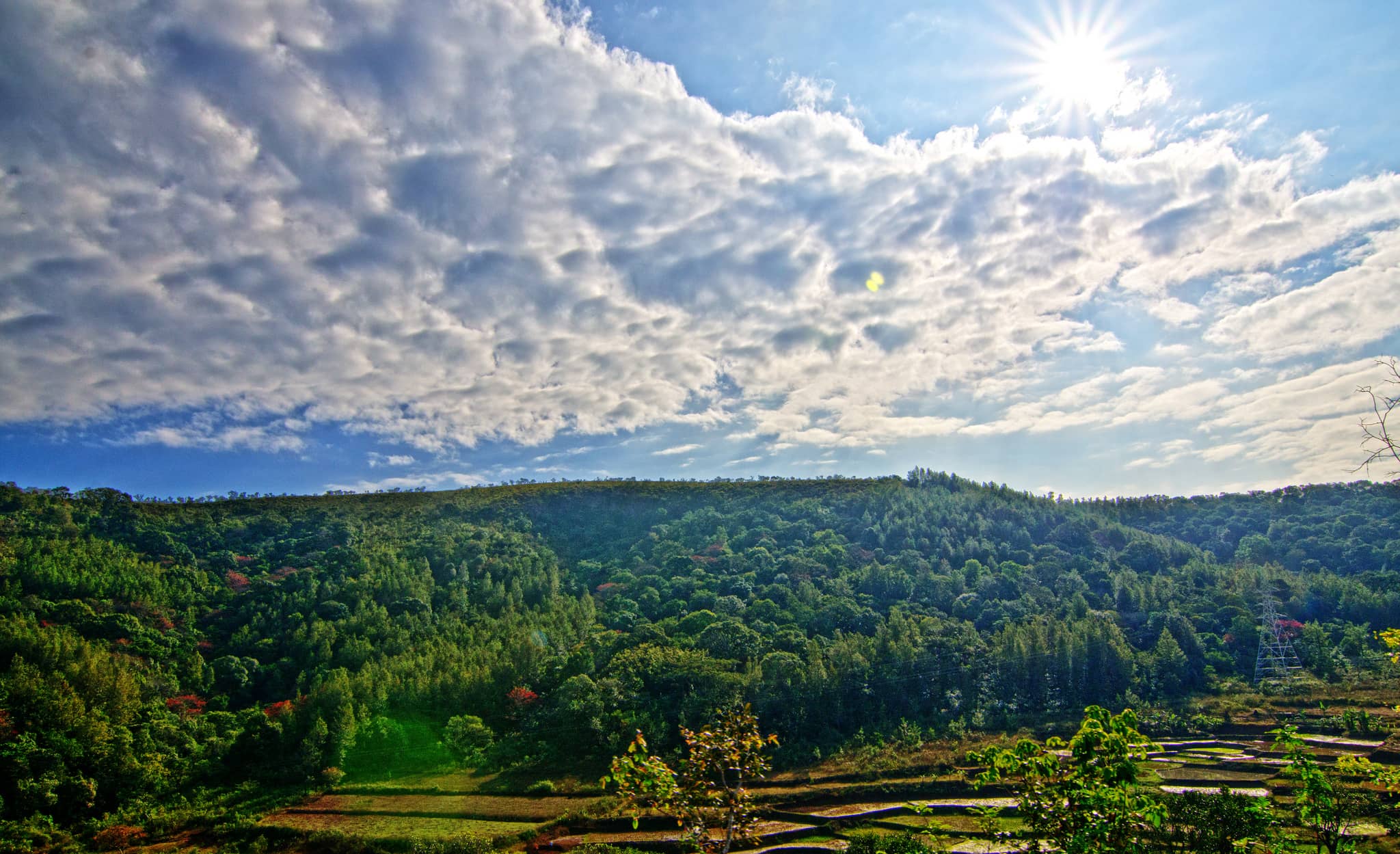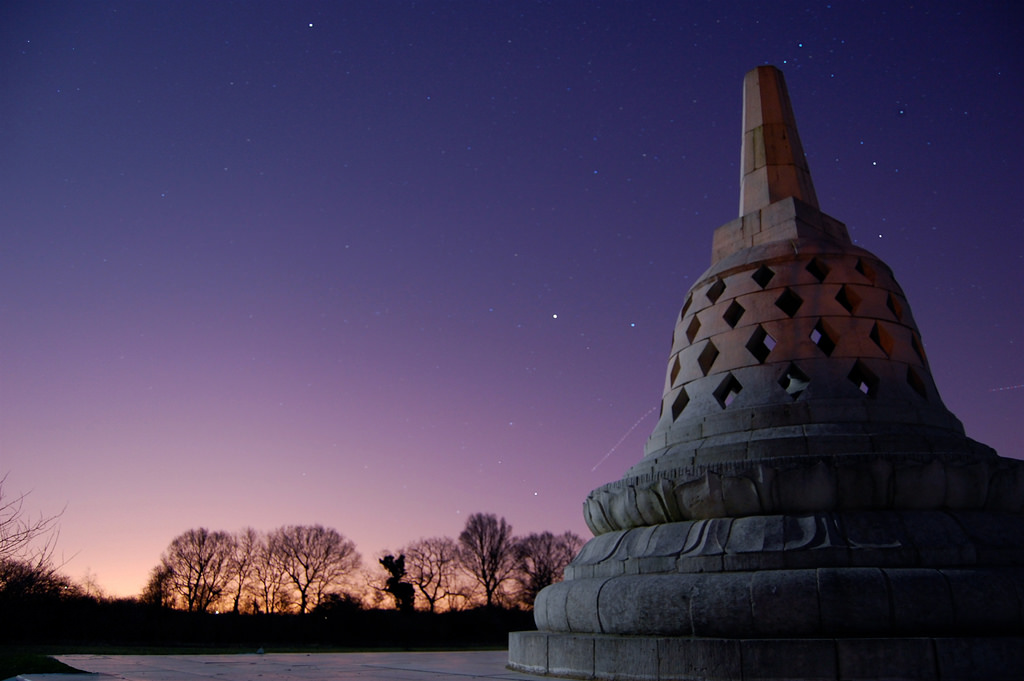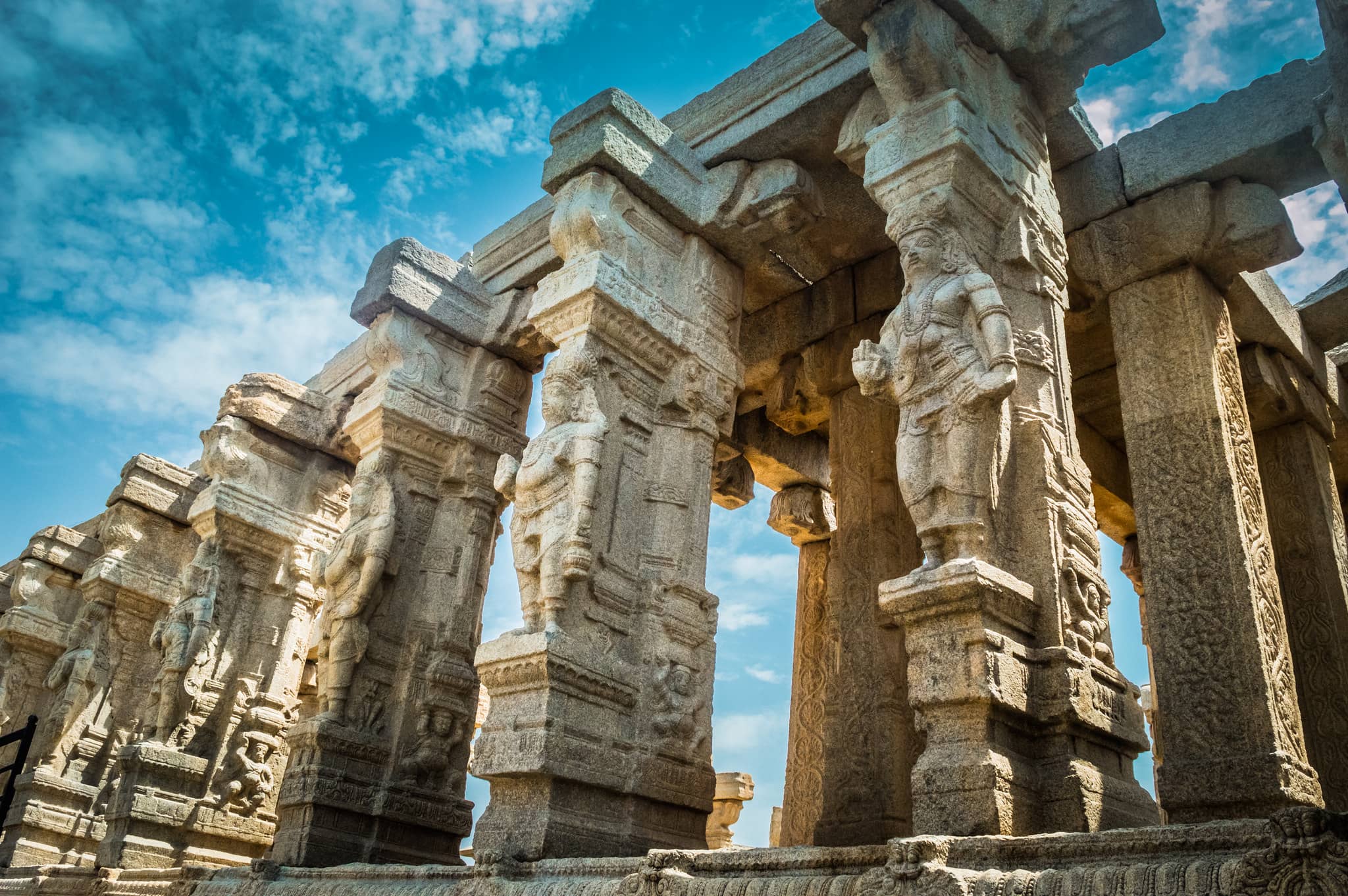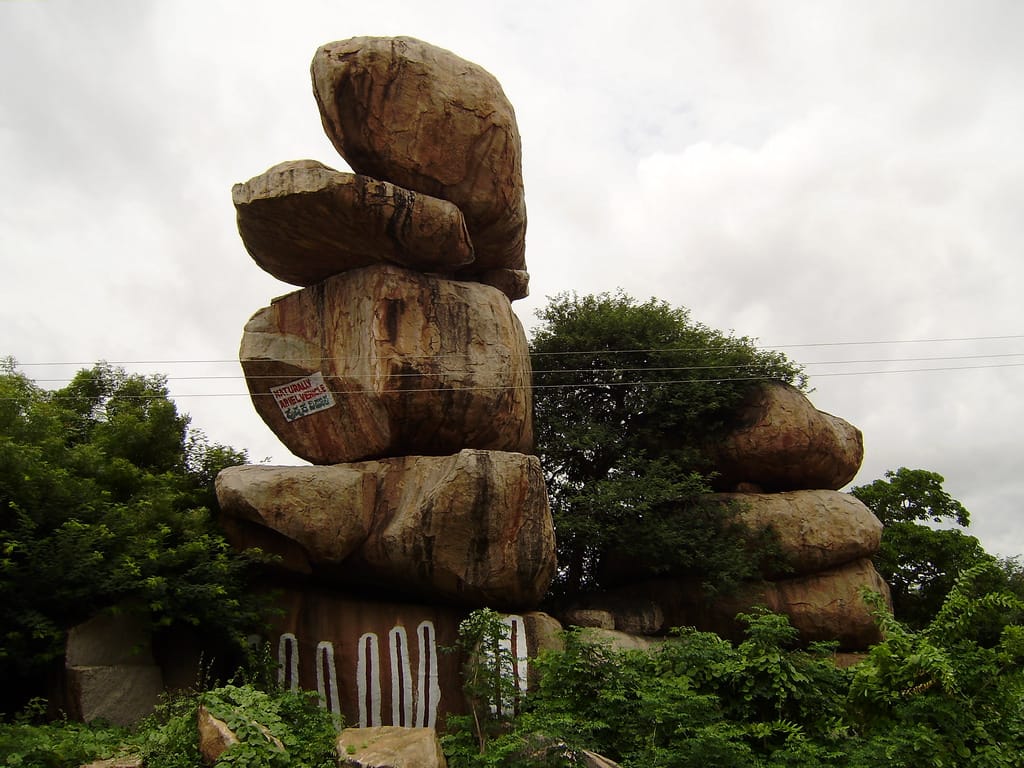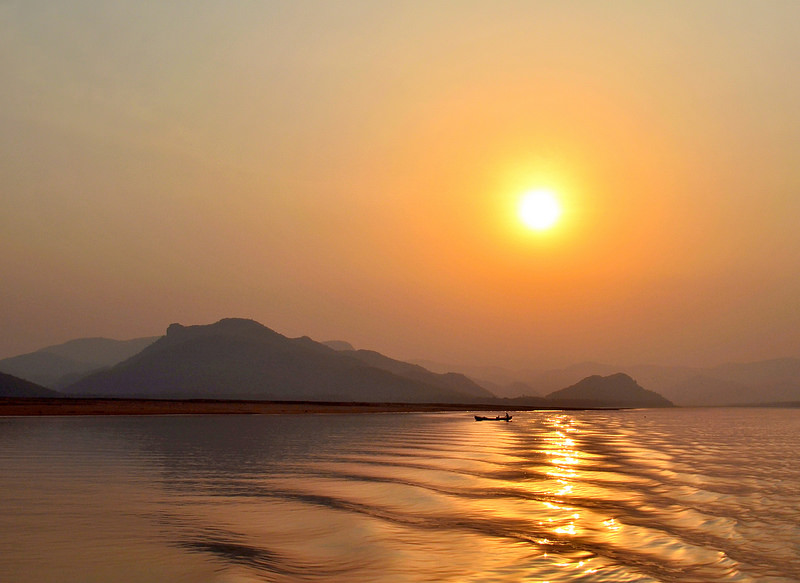Thimphu is the capital and biggest city of Bhutan. It’s located in the western-central part of the country, in a valley that is part of Thimphu District, one of Bhutan’s administrative areas. The city sits along the Thimphu Chu river and is surrounded by beautiful hills.
Thimphu is the center of Bhutan’s government and is where the Royal Family lives. It also hosts the main offices of the Royal Government, the Judiciary, and many foreign embassies and development organizations.
Even though Thimphu is the most modern city in Bhutan—with restaurants, internet cafes, shops, and nightlife—it still holds on to its rich culture and traditions.
places to visit in Thimphu
Paro Taktsang
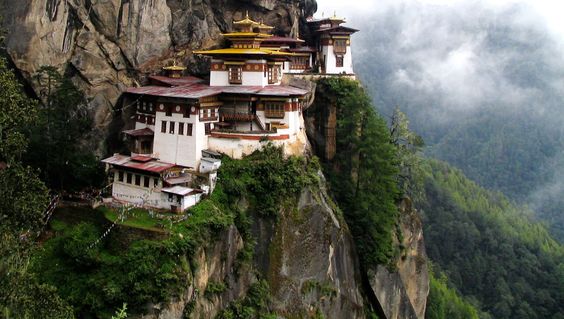
Paro Taktsang, also called the Tiger’s Nest, is a famous monastery built into a cliffside.
It has beautifully decorated temples and caves used by monks for meditation.
The site is peaceful and full of legends.
It offers stunning views of the valley below.
It’s one of the most sacred places in Bhutan.
Tashichho Dzong
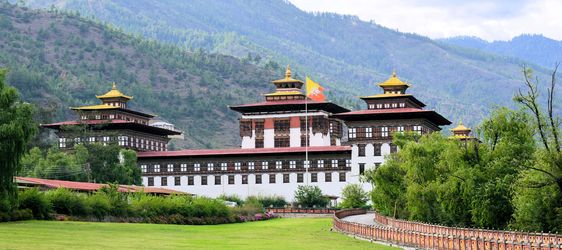
Tashichho Dzong is a large fortress and monastery in Thimphu.
It is surrounded by lovely gardens and has many shrines inside.
The building is used for government offices and religious events.
Visitors enjoy its peaceful environment and city views.
It lights up beautifully in the evening.
Gangteng Monastery
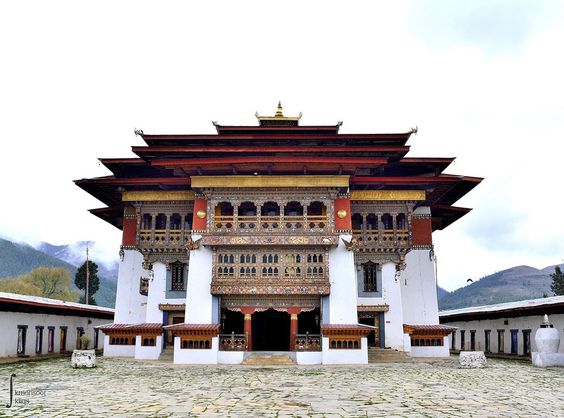
Gangteng Monastery was built in 1613 and belongs to the Nyingma tradition.
It is the only monastery of its kind west of Bhutan’s Black Mountains.
The monastery is known for its calm surroundings and history.
It plays a key role in local religious festivals.
Many monks live and study here.
Rinpung Dzong
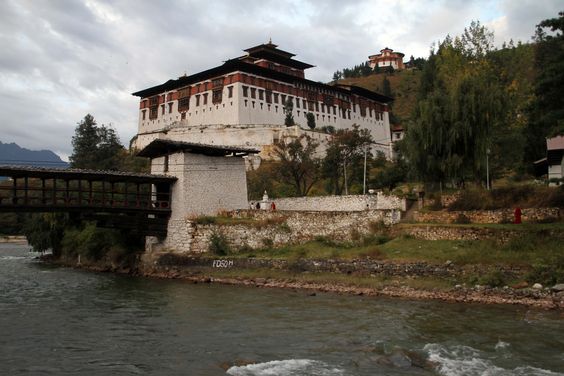
Rinpung Dzong is a large Buddhist fortress in Paro.
It features many chapels, colorful paintings, and tall walls.
The architecture is grand and built in traditional Bhutanese style.
The dzong is also used for official and religious purposes.
It hosts a famous annual festival with dances and rituals.
Drukgyal Dzong
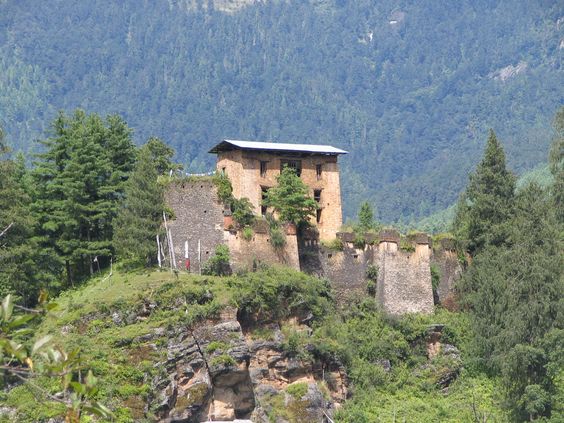
Drukgyal Dzong is an old fortress now in ruins, located in upper Paro.
It was likely built in 1649 to honor a victory against invaders.
Even though it’s mostly ruins now, the site is full of history.
Visitors can enjoy the quiet and scenic mountain views.
It’s a popular spot for photography and reflection.
Simply Bhutan
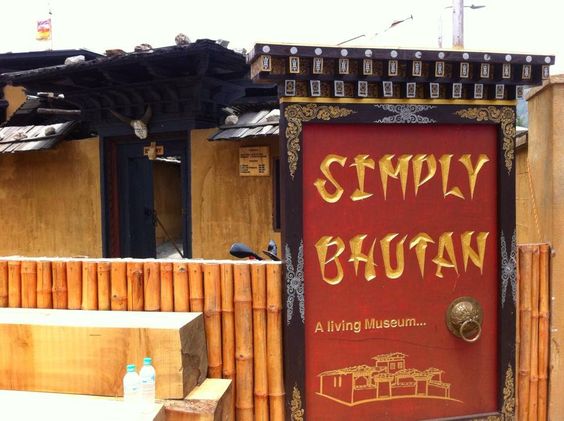
Simply Bhutan is a museum designed like a real Bhutanese village.
It gives a glimpse into traditional life, food, and customs.
Guests can try local dishes and see crafts being made.
Cultural performances and dances are held for visitors.
It’s both fun and educational.
Folk Heritage Museum

The Folk Heritage Museum shows how Bhutanese people lived in the past.
It has displays of farming tools, clothing, and household items.
The museum is inside a traditional-style house.
It gives insight into Bhutan’s rural life and history.
It’s a great place to learn about the country’s traditions.
Bhutan Textile Museum
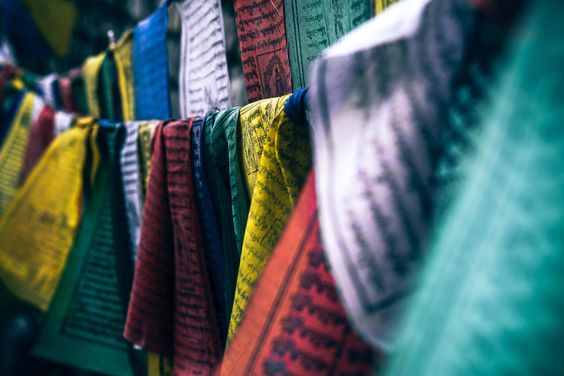
The Bhutan Textile Museum displays the country’s rich fabric traditions.
You can see old and modern textiles made by hand.
It also shares stories about weavers and royal clothing.
The museum is near the National Library in Thimphu.
It helps preserve Bhutan’s weaving culture.
Simtokha Dzong
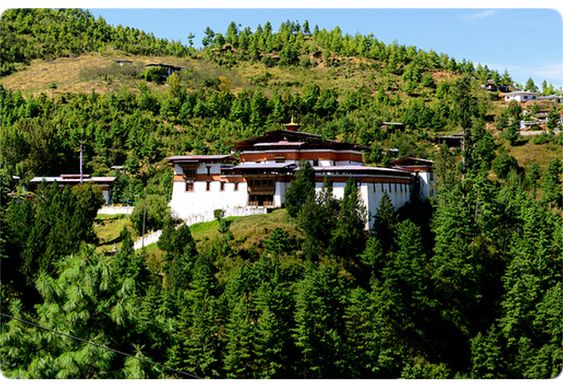
Simtokha Dzong is one of Bhutan’s oldest fortresses, built in the 1600s.
It has colorful wall art and detailed wood carvings.
The site is used both as a monastery and school for monks.
It’s smaller than other dzongs but rich in history.
It overlooks scenic hills around Thimphu.
Buddha Dordenma Statue
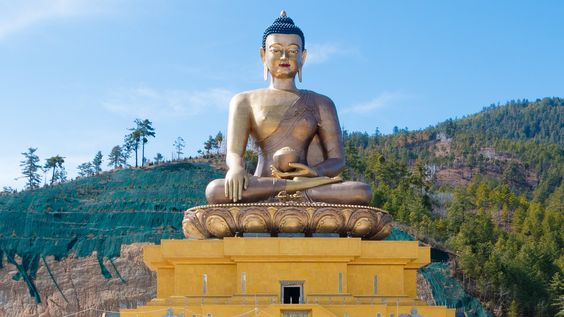
The Buddha Dordenma is a giant statue of Buddha overlooking Thimphu valley.
It sits above a temple filled with golden statues and artwork.
The statue stands over 50 meters tall.
It’s a symbol of peace and protection for the country.
Visitors come for both spiritual and scenic experiences.
Memorial Chorten
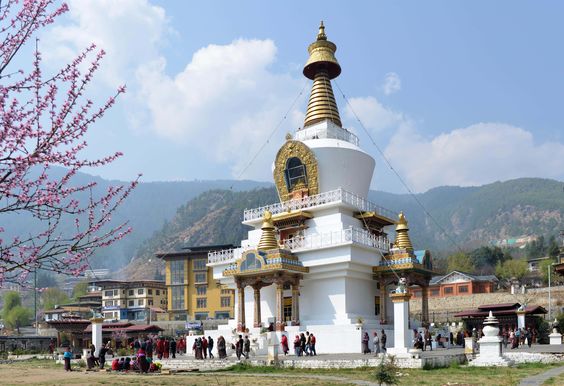
The Memorial Chorten is a large white stupa in Thimphu.
It was built in memory of Bhutan’s third king.
The golden top and carved gates are beautifully designed.
Locals come here daily to pray and walk around it.
It’s an important place for worship and peace.
Changangkha Lhakhang
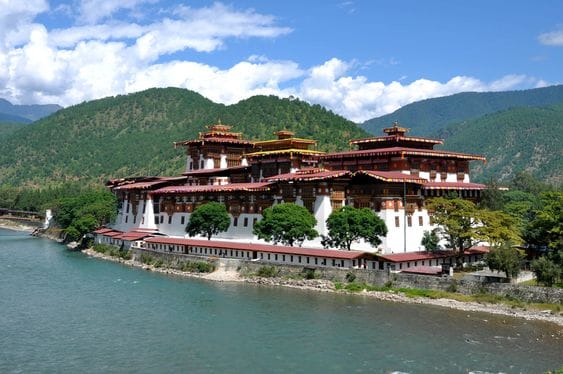
Changangkha Lhakhang is a hilltop temple in Thimphu.
It’s popular among locals for blessing newborns.
The temple has prayer wheels and colorful flags.
You can see great views of the city from here.
It also hosts a lively annual festival.
Motithang Takin Preserve
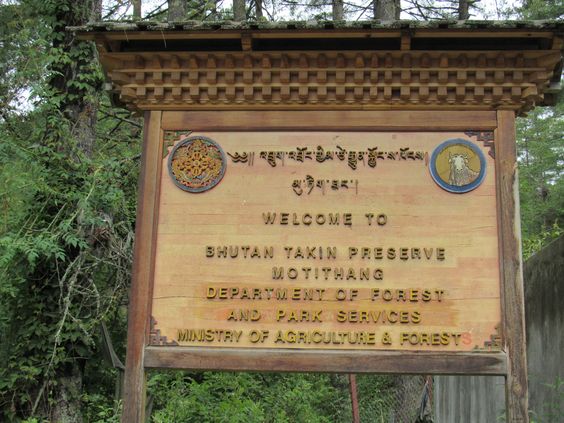
Motithang Takin Preserve is a home for Bhutan’s national animal, the takin.
The takin looks like a mix of goat and antelope.
The preserve has walking trails through peaceful woods.
It’s a great spot to learn about Bhutan’s wildlife.
Visitors often enjoy seeing animals in a natural setting.
Kuenselphodrang
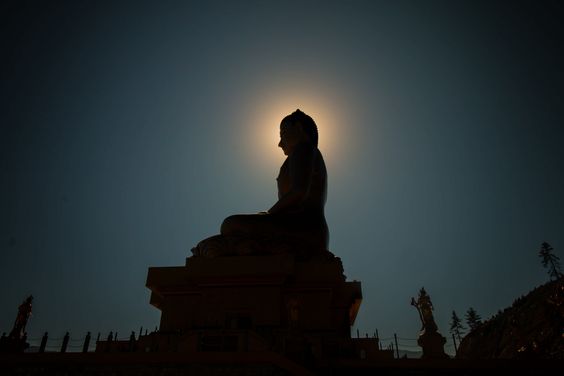
Kuenselphodrang is a scenic viewpoint above Thimphu.
It’s where the giant Buddha Dordenma statue is located.
You can see the mountains and valley all around.
The area is peaceful and good for walks and photos.
It was once the site of a royal palace.
Phajoding Monastery

Phajoding Monastery is high up in the mountains above Thimphu.
It takes about three hours to reach by hiking.
The monastery was once one of Bhutan’s richest.
It offers amazing views and a quiet place for meditation.
Few visitors go, so it’s peaceful and spiritual.
Best time to visit Thimphu
Thimphu, the capital of Bhutan, is located in a valley and has a subtropical highland climate due to its lower altitude.
Summers, from June to August, are warm with temperatures reaching up to 25°C, but this season also brings heavy rain, especially in July, which can lead to landslides and blocked roads.
Winters, from December to February, have chilly nights and sometimes snow, though daytime temperatures can still reach around 14°C.
The best time to visit is during spring (March–April) and autumn (October–November) when the weather is pleasant and there is little rain.
A major festival in Bhutan is celebrated in Thimphu during the autumn season, attracting many visitors.
